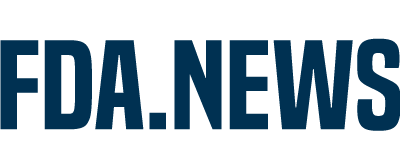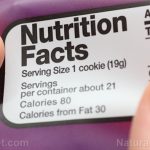
Drug makeover: When a drug underperforms, Big Pharma renames it, labels it for another use and jacks up the price
Tuesday, January 02, 2018 by Robert Jonathan
http://www.fda.news/2018-01-02-drug-makeover-when-a-drug-underperforms-big-pharma-renames-it-labels-it-for-another-use-and-jakcs-up-the-price.html

A drug that treats periodic paralysis may be pricing those afflicted with the condition out of the market. Originally a medicine approved for glaucoma treatment, the U.K. National Health Service made Daranide available for the equivalent of about $500 U.S. dollars for a year’s supply.
Daranide reportedly didn’t work well for the eye disease, but was effective as an “off label” treatment for muscle disorders or for some forms of muscular dystrophy.
Big Pharma evidently wasn’t banking a sufficient profit, however, so the drug was taken off the market in 2008, and by 2012, supplies had run out, according to the Daily Mail,
Upon its relaunch about two years later, under the name Keveyis, the price skyrocketed to approximately $47,000 per year, apparently with the approval of British regulators, putting it out of reach for many patients. The NHS provides a less-expensive alternative drug, but it reportedly is far less palliative.
The Daily Mail notes the rebranded Daranide is considered what government and industry describes as an orphan drug.
[M]eaning the number of patients who can benefit from it is too small to make it profitable from sales. In these cases, a manufacturer is asked by a government to set up a production line. The trade-off is the company then has a monopoly, and there are no rules about what it charges for the treatment.
The Washington Post explains that the rights to Daranide changed hands several times, and here in the U.S., the current Big Pharma owner charges about $15,000 for a 100-pill bottle of the rebranded Keveyis, and as much as approximately $220,000 for a year’s supply, depending upon the dosage. Approximately 5,000 U.S. citizens suffer from periodic paralysis.
The zigzagging trajectory of the price of Daranide…shows just how much freedom drug companies have in pricing therapies — and what a big business opportunity selling extremely-rare-disease drugs has become.
The Post also pointed out, however, that the drug manufacturer is helping patients obtain insurance coverage or reimbursing some of the costs, as well as providing the drug free of charge in some instances. But passing on exorbitant prices is hardly better.
Last year, Natural News reported on a study published in the Journal of the American Medical Association that concluded that the U.S. government tolerates monopolistic practices by drug companies, thereby allowing them to charge jacked-up prices for medications.
Earlier this year, Health Ranger Mike Adams, the founding editor of Natural News, asserted that media conservatives like Rush Limbaugh and Sean Hannity lack appreciation for how Big Pharma dominates the “free-market” healthcare system.
Adams summarized the prevailing circumstances as follows.
The entire health care system as we know it today is little more than a government-coerced monopoly that criminalizes holistic medicine and natural medicinal interventions which are safer, cheaper and vastly more effective than chemical medications.
In general, when Big Pharma and Big Government, along with Big Insurance, get together in a joint venture, the ordinary citizen typically comes out on the short end. (Related: Read more about the prescription drug industry at BigPharmaNews.com.)
Sources include:
Tagged Under: Tags: badhealth, badmedicine, badscience, Big Pharma, corporate greed, Dangerous Medicine, daranide, deception, drug cartels, drug costs, drug marketing, drug monopolies, evil, FDA, health care coverage, Keveyis, paralysis, Prescription drugs, Twisted





